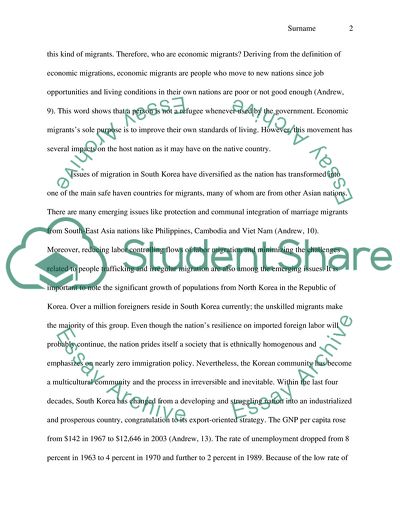Cite this document
(Economics migration Research Paper Example | Topics and Well Written Essays - 2000 words, n.d.)
Economics migration Research Paper Example | Topics and Well Written Essays - 2000 words. https://studentshare.org/macro-microeconomics/1823704-economics-migration
Economics migration Research Paper Example | Topics and Well Written Essays - 2000 words. https://studentshare.org/macro-microeconomics/1823704-economics-migration
(Economics Migration Research Paper Example | Topics and Well Written Essays - 2000 Words)
Economics Migration Research Paper Example | Topics and Well Written Essays - 2000 Words. https://studentshare.org/macro-microeconomics/1823704-economics-migration.
Economics Migration Research Paper Example | Topics and Well Written Essays - 2000 Words. https://studentshare.org/macro-microeconomics/1823704-economics-migration.
“Economics Migration Research Paper Example | Topics and Well Written Essays - 2000 Words”. https://studentshare.org/macro-microeconomics/1823704-economics-migration.


